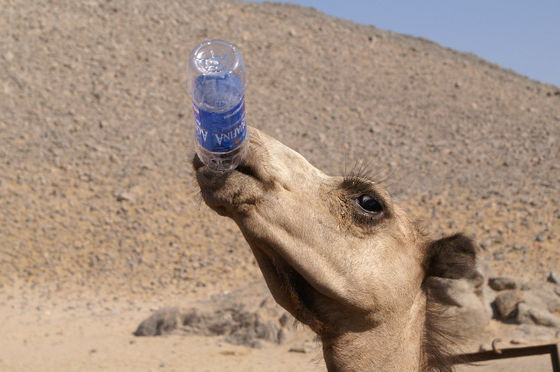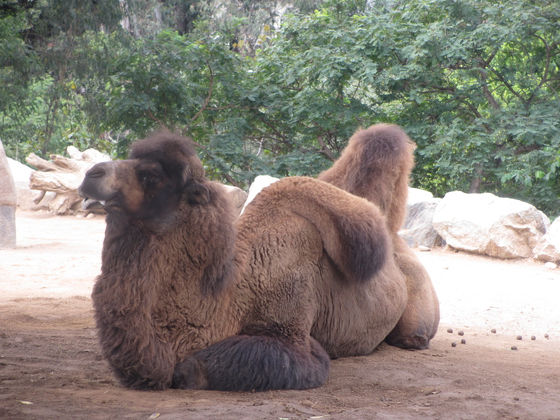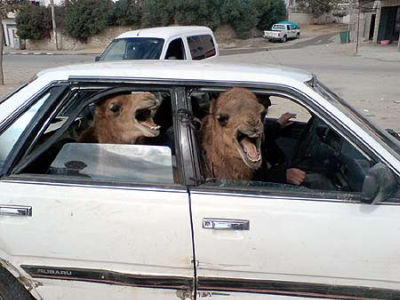It is not 'water' that is stored in camel bumps, what is the mechanism by which camels endure life in the harsh desert?

When I hear that '
Do camels really have water in their humps? | Live Science
https://www.livescience.com/why-do-camels-have-humps.html
According to Rick Schwartz, director of animal management at the San Diego Zoo in the United States, camels can drink 30 gallons (about 114 liters) of water at a time and store them in their bodies. In addition, camel droppings are dry and the kidneys can efficiently eliminate toxins from the body's water, so only a small amount of water is excreted as urine. In addition, the body is designed to save water thoroughly by collecting the moisture of the exhaled breath with the nose every time it breathes, so it can withstand extremely long-term drying.

Mr. Schwartz thinks that 'camels store water in bumps' is also a myth that was born from the camel's ability to live in a small amount of water. Instead of water, 'fat' is stored in such camel bumps. Camels store a large amount of calories in the fat inside the bumps on their backs, so if the bumps are full, they can live for four to five months without food. When the camel runs out of fat in the bumps, you can see the skin sagging like a deflated balloon.
The presence of bumps is one of the major characteristics of camels, but newborn camels do not have bumps. During the first 4 to 6 months of life, camels grow by feeding their mother's milk, during which nutrition is used to grow the body. Then, from 10 months to 1 year after birth, bumps finally begin to form. 'Wild camels live in the seasonal cycle of the desert, so you have to make bumps and survive the dry season within the first year,' Schwartz said.

by eltpics
Many animals other than camels store fat in their bodies, but many animals, including humans, put fat on the 'around the stomach' such as the abdomen and flanks. Various theories have been put forward as to why camels began to store fat in the bumps on their backs instead of in the abdomen, but one theory was that 'the abdomen is hardened to lie down on the sand, so the abdomen. It may not be possible to store fat in the sand. ' There is also a theory that 'to avoid the sunlight shining from above, it extends vertically instead of horizontally.'
To say that the 'camel hump' to bite, with two of Cobb that inhabit the part of western China and Central Asia Camel with the (Camelus bactrianus), one of Cobb distributed, such as in Africa and Western Asia dromedary There are two types (Camelus dromedarius) . It seems that having two bumps stores more fat than just one, but according to Schwartz, 'Bactrian camels can withstand fasting longer than dromedaries just because they have two bumps.' There is no such thing. '
Related Posts:







